On Saturday evening, as I returned home from school, I found this bumble bee on the sidewalk. I thought it was dead at first, but then I realized it was just very weak. I brought it home with me and tried to give it some sugary water, but it didn't respond. After my dinner, I realized it wasn't getting any better, so I decided to put it in the freezer to end its struggle earlier. Afterwards, I decided to take some photos of it and keep it with the insects that I have found dead (not in the hands of me).
I think I am getting more comfortable with my macro-photography techniques and set-up, given the limited resources that I have (see below).
Using this wonderful guide of Bumble Bees of Eastern United States (Western US version here), I keyed (starting from page 98) it out to be Common Eastern Bumble Bee (Bombus impatiens).
Getting close on its compound eyes.
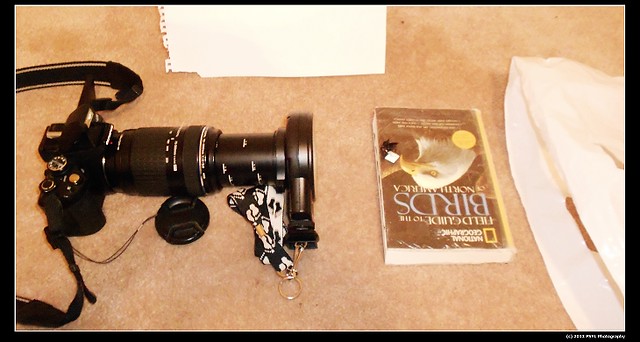
This is my macro-photography set-up - Raynox-250 attached to my 70-300 lens, and with the LED ring light in front of it. I prop the insect on a higher level, e.g., on my bird field guide, and then I do everything inside a white plastic bag (right side of image). To get fast shutter speed (i.e., 1/180), I use the built-in flash on my Olympus E-620 DSLR, and since the distance between the flash and the image is too great, I use a piece of white paper (top of image) to diffuse the light more evenly inside the white plastic bag.
And then today, I found a live Blue Mud Wasp (Chalybion californicum) on the school ground but not moving. Since I didn't have any container with me at that moment, I decided to leave it up to fate and come collect it if it is still there later in the evening. I found it again on the same spot a few hours later, but now dead. I brought it home, took some photos, and added it to my insect collection.

This is my macro-photography set-up - Raynox-250 attached to my 70-300 lens, and with the LED ring light in front of it. I prop the insect on a higher level, e.g., on my bird field guide, and then I do everything inside a white plastic bag (right side of image). To get fast shutter speed (i.e., 1/180), I use the built-in flash on my Olympus E-620 DSLR, and since the distance between the flash and the image is too great, I use a piece of white paper (top of image) to diffuse the light more evenly inside the white plastic bag.
This was the shot I got of the Blue Mud Wasp (Chalybion californicum). Not bad, I must say.
Rest in peace.
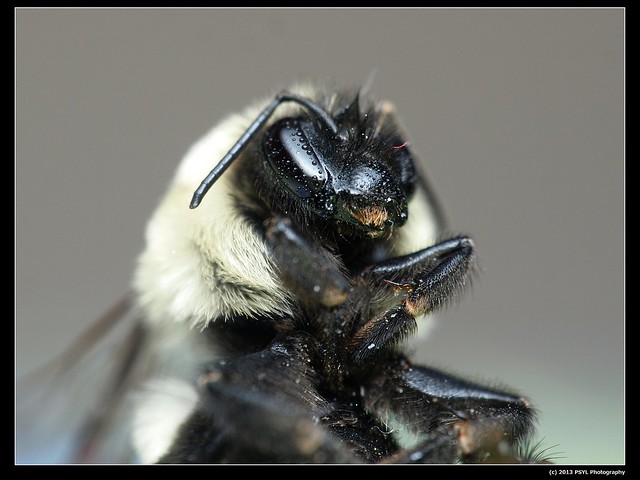
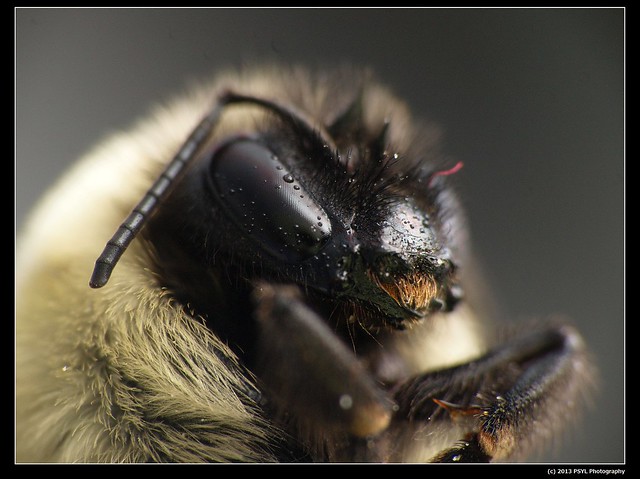
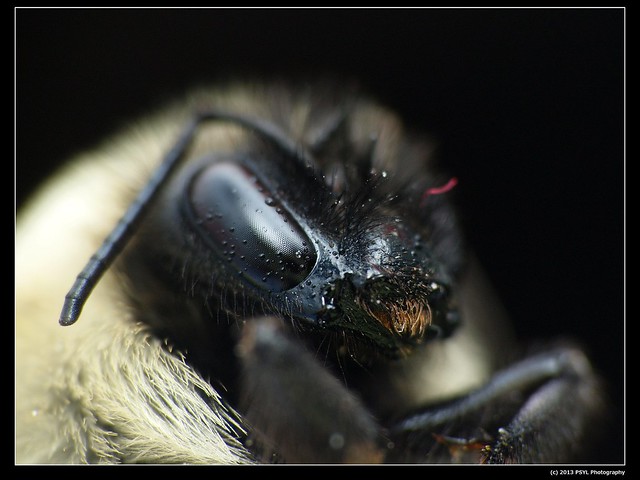
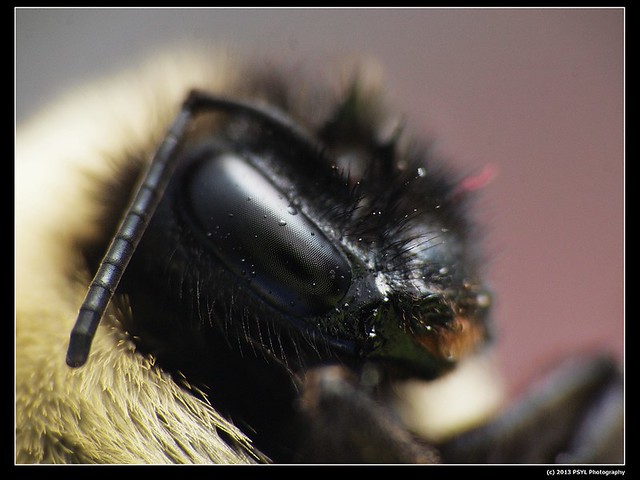
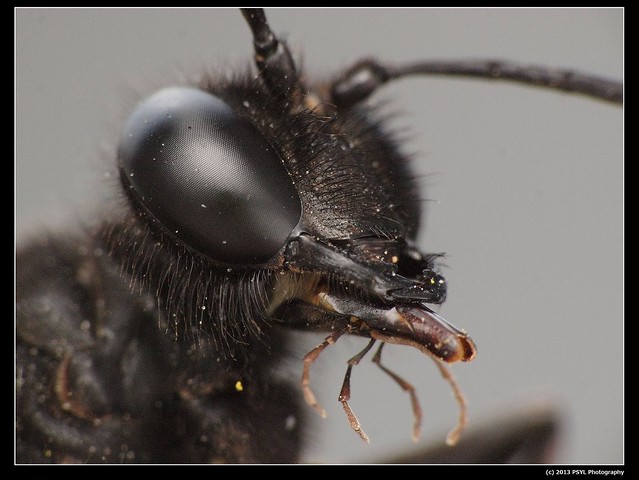
No comments:
Post a Comment